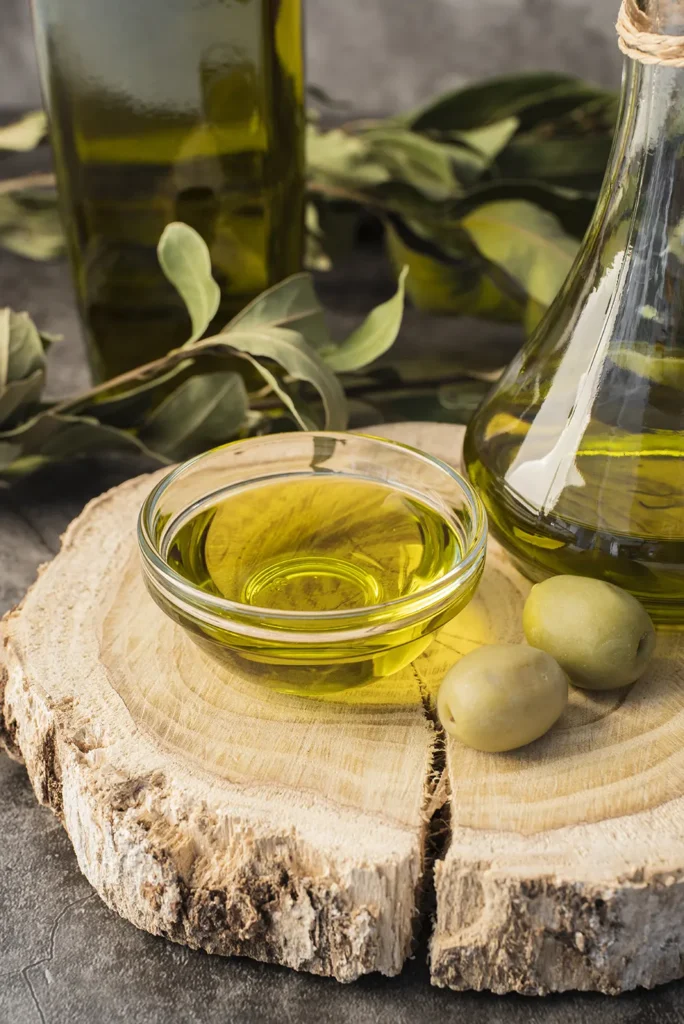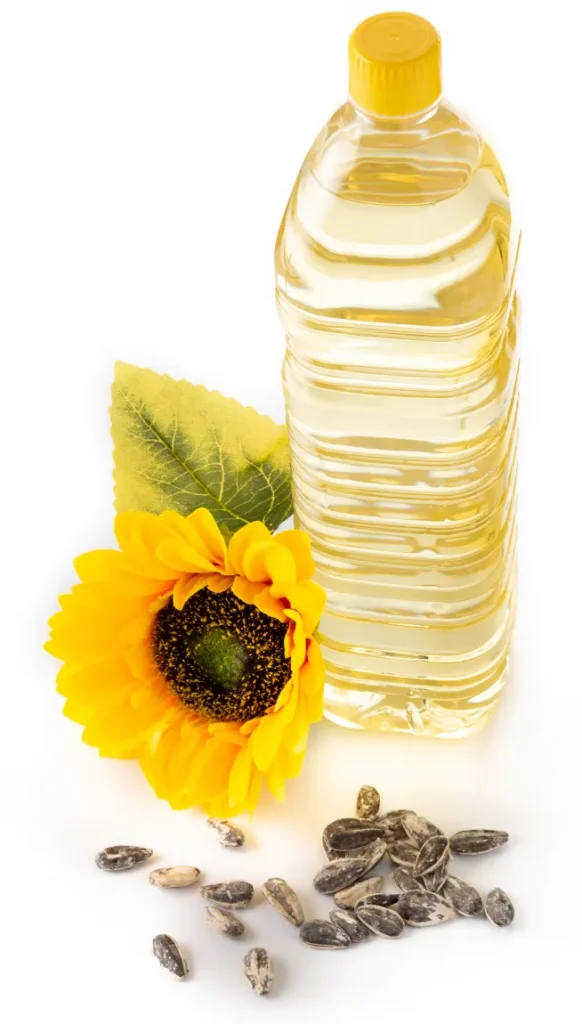Olive Oil
Characteristics
Extra Virgin Olive Oils are made with carefully selected olives, they do not have colorings or additives.
They contain a high level of vitamin E and polyphenols.
Due to their flavor they are suitable for all kinds of dishes, especially for salads, pastas, meats and pastries.
Nutritional information
Portion 13 ml (1 tablespoon). Servings per container: 19
Portion | DV portion (*) | |
Energy value | 108 kcal= 451KJ | 5% |
Carbohydrates | 0 g | 0% |
Proteins | 0 g | 0% |
Total fat | 12 g | 22% |
Saturated fat | 2 g | 10% |
Trans fat | 0 g | 0% |
Monounsaturated fats | 8,2 g | 0% |
Polyunsaturated fats | 1,7 g | 0% |
Cholesterol | 0 g | 0% |
Dietary fiber | 0 g | 0% |
Sodium | 0 mg | 0% |
(*) Daily reference value based on a diet of 2,000 Kcal or 8,400 KJ. Your daily values may be higher or lower depending on your energy needs.
It is not an important source of dietary fiber, vitamin A, vitamin C, calcium and iron. - WITHOUT TACC.

Tasting notes
Its fresh and fruity aroma anticipates the richness of its flavor. At first sip, unmistakable notes of ripe olives unfold, sometimes with herbal or floral touches depending on the variety. The soft and silky texture caresses the palate, while its complex flavor evolves from a slightly spicy start to a persistent and balanced finish. The freshness of extra virgin olive oil is perceived in every nuance, creating a culinary experience that goes beyond its function in the kitchen to become the essential ingredient that transforms each dish into a masterpiece of flavors.
Usage
In Mediterranean cuisine, it is the base of dressings and vinaigrettes, providing its characteristic flavor and fresh aroma to salads and vegetable dishes. Being a fundamental element of healthy cooking, it is used for sautéing and slow cooking, enhancing the flavors of lean meats and vegetables. It also becomes an essential ally for marinating meats, fish and vegetables, infusing depth and softness into each bite.
When it comes to baking, extra virgin olive oil adds a distinctive touch to breads, muffins, and cakes. Even in baking, its robust and fruity flavor can stand out in the creation of desserts such as ice creams and sorbets. Additionally, olive oil becomes an ideal companion for dipping fresh bread, providing a simple but delicious experience.
Its presence in the kitchen is not only limited to heat. In cold dishes such as carpaccio, gazpachos or even in the preparation of pasta sauces, olive oil adds a dimension of freshness and complexity. In summary, olive oil stands as an essential pillar in the kitchen, transforming each recipe with its aromatic presence and its ability to enhance and balance flavors.
Sunflower Oil
Characteristics
Sunflower oil, extracted from the seeds of the sunflower plant, is known for its notable health properties. It is a rich source of polyunsaturated fatty acids, especially linoleic acid, which contributes to cardiovascular health. Additionally, sunflower oil is a source of vitamin E, an antioxidant that benefits the skin and the immune system.
With its balanced nutritional profile and ability to enhance the flavor of foods, sunflower oil has become a popular choice in the kitchen and a healthy choice for a balanced diet.
Nutritional information
Quantity per 100 g
Calorías | 884 kcal |
Carbohydrates | 0 g |
Proteins | 0 g |
Grasas Totales | 100 g |
Saturated Fat | 13 g |
Trans Fat | 0 g |
Dietary fiber | 0 g |
Sodium | 0 mg |
Cholesterol | 0 g |

Tasting notes
Sunflower oil has distinctive tasting notes that make it stand out in the kitchen. With its soft and fresh aroma, this oil reveals light and delicate touches on the palate. Its balanced flavor highlights softly fruity notes, complemented by a softness and purity that make it a versatile choice for a variety of dishes.
Usage
The slight sweetness and lack of overpowering flavors allow sunflower oil to enhance the natural ingredients in each recipe. Its soft and fluid texture makes it a perfect companion for both hot and cold dishes, adding a delicious dimension to any culinary creation.